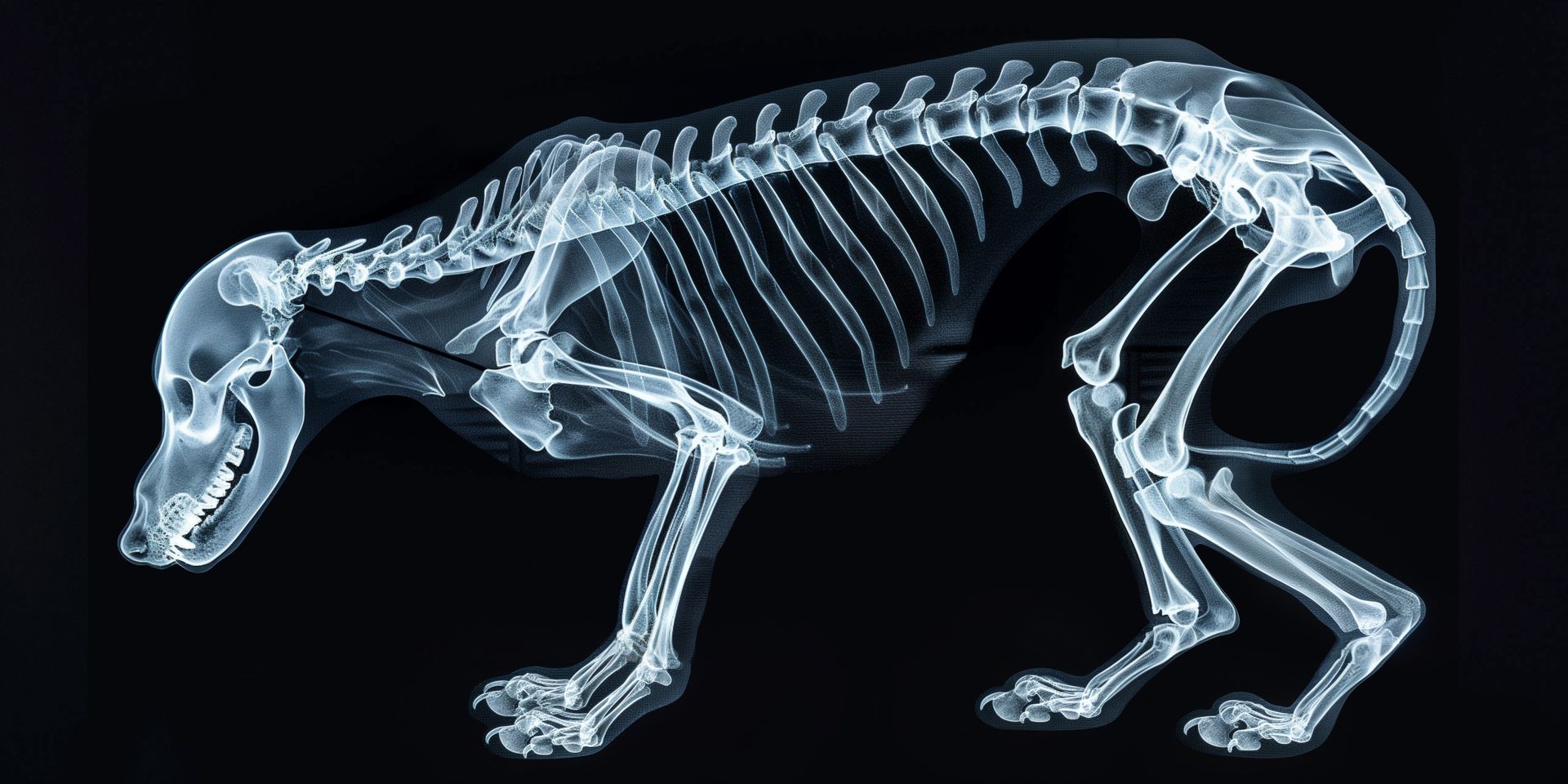Cardio vs. Weights: Which Is Best for You?

Introduction When it comes to fitness, one of the most debated topics is whether cardio or weight training is more effective for achieving optimal results. While both forms of exercise have their benefits, understanding the differences between them and how they impact your body is crucial in determining which approach is best suited for your fitness goals. In this comprehensive guide, we will delve into the advantages and disadvantages of cardio and weight training, explore their effects on the body, and help you make an informed decision about which workout routine is right for you.
The Benefits of Cardiovascular Exercise
Cardiovascular exercise, often referred to simply as cardio, is any type of physical activity that elevates your heart rate and increases your breathing rate. This form of exercise primarily targets the cardiovascular system, which includes the heart, blood vessels, and lungs. Regular cardio workouts offer numerous benefits, both in terms of physical health and overall well-being.
Increased Heart Health
Regular cardio exercise strengthens your heart muscle, allowing it to pump blood more efficiently throughout your body. This increased efficiency lowers your resting heart rate and blood pressure, reducing the risk of heart disease and other cardiovascular conditions. Additionally, cardio workouts help improve blood circulation, delivering oxygen and nutrients to your muscles more effectively.
Weight Loss and Weight Management
One of the primary reasons individuals turn to cardio exercise is its effectiveness in burning calories and aiding weight loss. Engaging in activities such as running, cycling, swimming, or brisk walking can help create a calorie deficit, leading to fat loss over time. Cardio workouts also boost your metabolism, which can contribute to maintaining a healthy weight.
Improved Lung Function
Regular cardio exercise promotes better lung function by increasing lung capacity and strengthening the respiratory muscles. This leads to enhanced oxygen uptake and improved endurance during physical activities. Over time, you may notice that you can perform strenuous tasks with less effort and experience less shortness of breath.
Stress Relief and Mental Well-being
Engaging in cardio exercise releases endorphins, which are chemicals in the brain that act as natural mood boosters. These endorphins help reduce stress, anxiety, and symptoms of depression. Regular cardio workouts can also improve sleep quality, increase energy levels, and enhance overall mental well-being.
Disease Prevention
Cardiovascular exercise plays a crucial role in preventing various chronic diseases. It helps lower the risk of conditions such as diabetes, high blood pressure, stroke, and certain types of cancer. Regular cardio workouts also contribute to maintaining healthy cholesterol levels and reducing the risk of osteoporosis.
The Benefits of Weight Training
Weight training, also known as strength training or resistance training, involves working against resistance to build strength, increase muscle mass, and improve overall body composition. While cardio focuses on cardiovascular health, weight training primarily targets muscular strength and endurance. Incorporating weight training into your fitness routine offers several advantages.
Increased Muscle Mass and Strength
Weight training stimulates muscle growth and development, leading to increased muscle mass and strength. By progressively overloading the muscles, you can challenge them to adapt and grow stronger over time. Having more muscle mass not only improves physical performance but also boosts metabolism, as muscles require more energy to maintain.
Enhanced Bone Health
As we age, bone density naturally decreases, making us more susceptible to fractures and osteoporosis. Weight training helps combat this by placing stress on the bones, stimulating the production of new bone tissue and increasing bone mineral density. Regular weight-bearing exercises, such as lifting weights, can significantly improve bone health and reduce the risk of fractures.
Metabolic Benefits
Weight training has a positive impact on metabolism, both during and after the workout. Intense weightlifting sessions elevate your metabolic rate, causing your body to burn calories at a higher rate even after you've finished exercising. This phenomenon, known as the afterburn effect or excess post-exercise oxygen consumption (EPOC), can contribute to weight loss and weight management.
Improved Joint Health and Stability
Contrary to common misconceptions, weight training, when performed with proper form and technique, can actually improve joint health and stability. Strengthening the muscles around the joints helps provide better support, reducing the risk of injury and promoting overall joint health. It is important, however, to start with lighter weights and gradually increase the intensity to avoid putting excessive stress on the joints.
Functional Fitness and Daily Activities
Weight training exercises often mimic movements required in daily activities, such as lifting groceries, carrying children, or climbing stairs. By improving your strength and muscular endurance through weight training, you enhance your ability to perform these tasks with ease, reducing the risk of injury and improving overall functional fitness.
Determining the Right Approach for You
Choosing between cardio and weight training depends on several factors, including your fitness goals, personal preferences, and overall health. It is important to note that a well-rounded fitness routine typically incorporates elements of both cardio and weight training. Here are a few factors to consider when determining the right approach for you:
Fitness Goals
If your primary goal is weight loss or improving cardiovascular endurance, incorporating more cardio exercises into your routine may be beneficial. On the other hand, if you aim to build muscle, increase strength, or improve body composition, weight training should be a priority. It is important to align your fitness goals with the appropriate type of exercise to achieve the desired results.
Time Commitment
Cardio exercises generally require less time commitment, as they can be performed in shorter bursts of high-intensity workouts or longer, moderate-intensity sessions. Weight training, on the other hand, often involves longer rest periods between sets and may require more time to complete a full workout. Consider your schedule and determine how much time you can dedicate to exercise when deciding on the right approach for you.
Personal Preferences
Enjoying your workouts is crucial for long-term adherence and consistency. Some individuals may find cardio exercises more enjoyable, such as running outdoors or participating in group fitness classes. Others may prefer the challenge and satisfaction of weightlifting and seeing noticeable strength gains. Consider your personal preferences when choosing between cardio and weight training, as this will help ensure you stick to your fitness routine.
Health Considerations
It is important to consider any existing health conditions or injuries when deciding on your exercise approach. If you have joint issues, low bone density, or specific medical conditions, weight training exercises may need to be modified or avoided altogether. In such cases, cardio exercises that are low-impact, such as swimming or cycling, may be a better option. Consult with a healthcare professional or a certified fitness trainer to determine the best approach for your specific health needs.
Combining Cardio and Weight Training
While cardio and weight training have distinct benefits, combining the two can lead to optimal results and overall fitness. The key is to strike a balance that aligns with your goals and preferences. Here are a few ways to incorporate both types of exercise into your routine:
Circuit Training
Circuit training involves alternating between cardio exercises and strength training exercises in a structured circuit. This approach allows you to get the benefits of both types of exercise in one session. For example, you could perform a set of squats followed by a minute of jumping jacks, then move on to push-ups and bicycle crunches. This method helps elevate your heart rate while also challenging your muscles.
High-Intensity Interval Training (HIIT)
HIIT workouts involve short bursts of intense exercise followed by periods of active recovery or rest. This approach can be applied to both cardio and weight training exercises. For cardio HIIT, you might alternate between 30 seconds of all-out sprints and 30 seconds of walking or slow jogging. In weight training HIIT, you could perform a set of heavy squats for 20 seconds, rest for 10 seconds, and then move on to another exercise. HIIT workouts are time-efficient and effective for improving cardiovascular fitness and strength.
Separate Days or Sessions
If you prefer to focus on one type of exercise at a time, you can structure your weekly routine to include separate cardio and weight training days or sessions. For example, you could dedicate three days a week to weightlifting and two days to cardio workouts. This allows you to give each type of exercise the attention it deserves and tailor your workouts accordingly.
Cross-Training
Cross-training involves engaging in a variety of different exercises and activities to work different muscle groups and prevent overuse injuries. By incorporating activities such as swimming, cycling, yoga, or Pilates into your routine, you can complement your cardio and weight training workouts. Cross-training also helps prevent boredom and keeps your fitness routine interesting and engaging.
Conclusion
When it comes to cardio vs. weights, there is no one-size-fits-all answer. Both forms of exercise offer unique benefits that can contribute to your overall fitness and well-being. The key is to find the right balance that aligns with your goals, preferences, and health considerations. Whether you choose to focus on cardio, weight training, or a combination of both, consistency and proper form are key to achieving optimal results. Remember to listen to your body, consult with professionals if needed, and enjoy the journey towards a healthier, stronger you.
If you don’t have an amazing chiropractor Contact us today! Family Chiropractic Plus is dedicated to your overall health and well-being, which is why we offer regular chiropractic adjustments in order to restore your body’s natural state of optimal health, while also providing it with the support it needs to heal from any injury, big or small.













